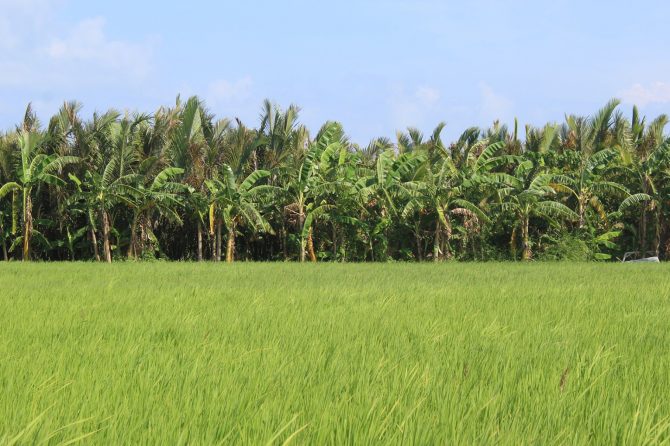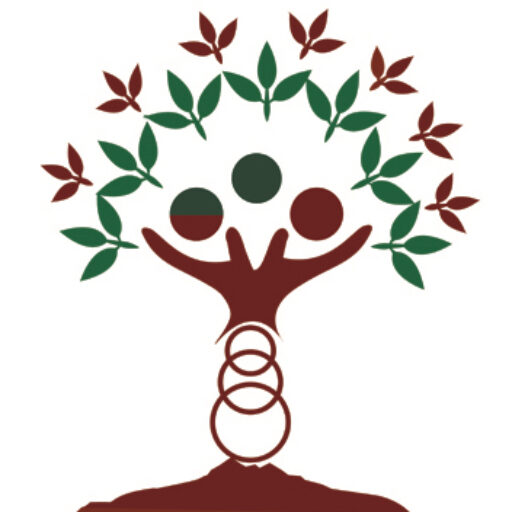
Project Duration: 2019-2021
The Philippine’s National Climate Change Action Plan (NCCAP) has the primary goal of building the adaptive capacity of local communities and increasing the resilience of natural ecosystems to climate change to promote a climate risk-resilient Philippines. This requires anticipating the conditions of a socio-ecological system considering climate change, and maintaining its integrity through adaptation actions. Given this, the research project recognizes coastal areas as an ideal venue for demonstrating the importance of pursuing resiliency over a highly dynamic socio-ecological system. In particular, mangrove management plays a vital role in enhancing community’s resilience against coastal hazards that have biophysical and socio-economic and institutional facets.
The research therefore endeavours to describe how resiliency can be achieved, by examining how forest management system is being influenced by societal structure, resource-dependency, and policies. This project takes Barangay Alitas in Quezon Province, Philippines as its case. Key findings are being synthesized to distil strategies and recommendations for building local resilience above the participatory or community-based mangrove management platform therein. Recommendations will be communicated to broader audience through information and educational campaign (IEC) materials and scientific publications.
Goal: To build resilience of coastal local communities and mangrove ecosystem to climate change through participatory management.
Purpose: To develop participatory mangrove management strategies that would promote community-based adaptation to climate change
Project outcomes:
1. Assessment of the present characteristics of the area (social and biophysical), including land uses, mangrove ecosystem services, and functions of and processes;
2. Community-based adaptation and mitigation strategies; and
3. Production of educational/IEC materials; and
4. Journal article/Policy Brief/Book Chapter





